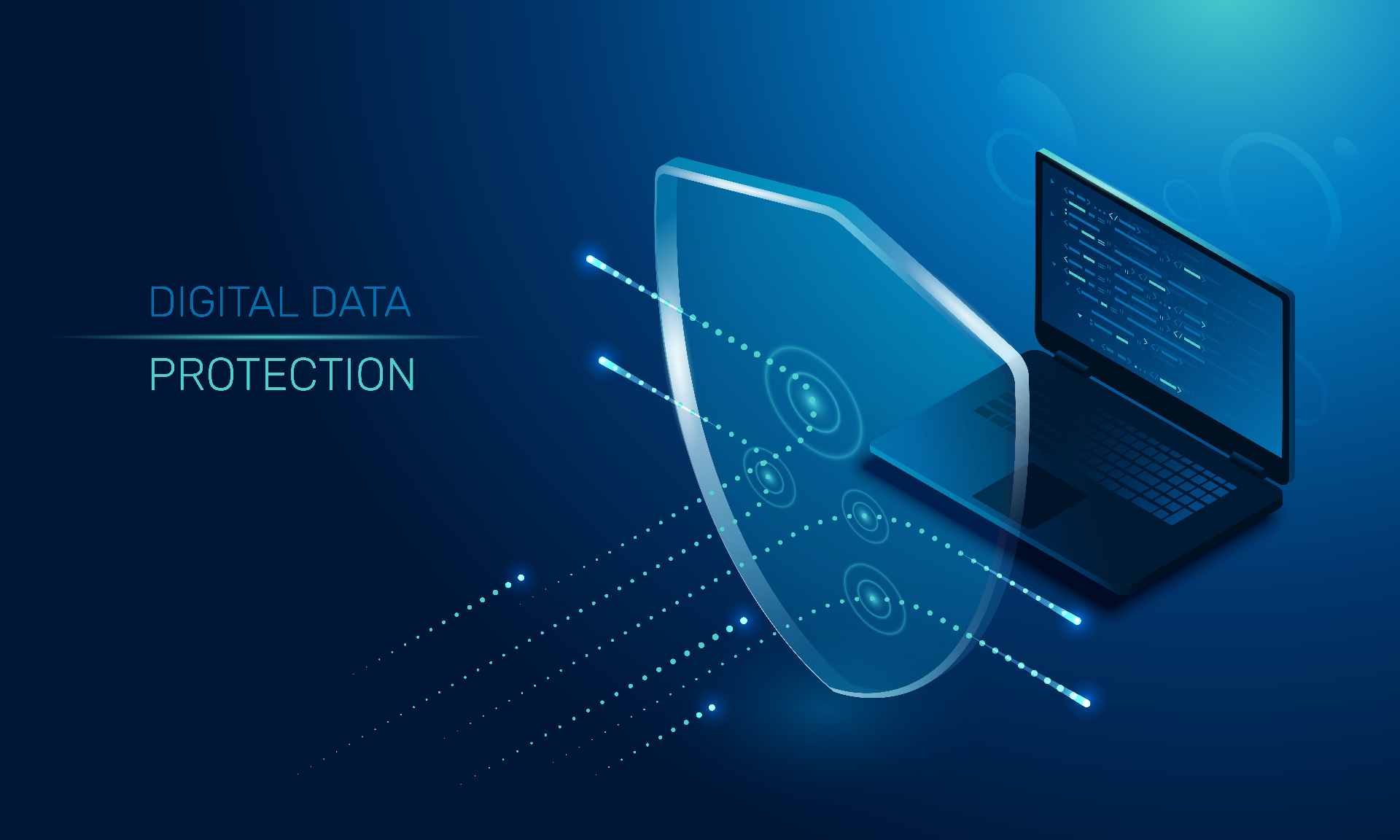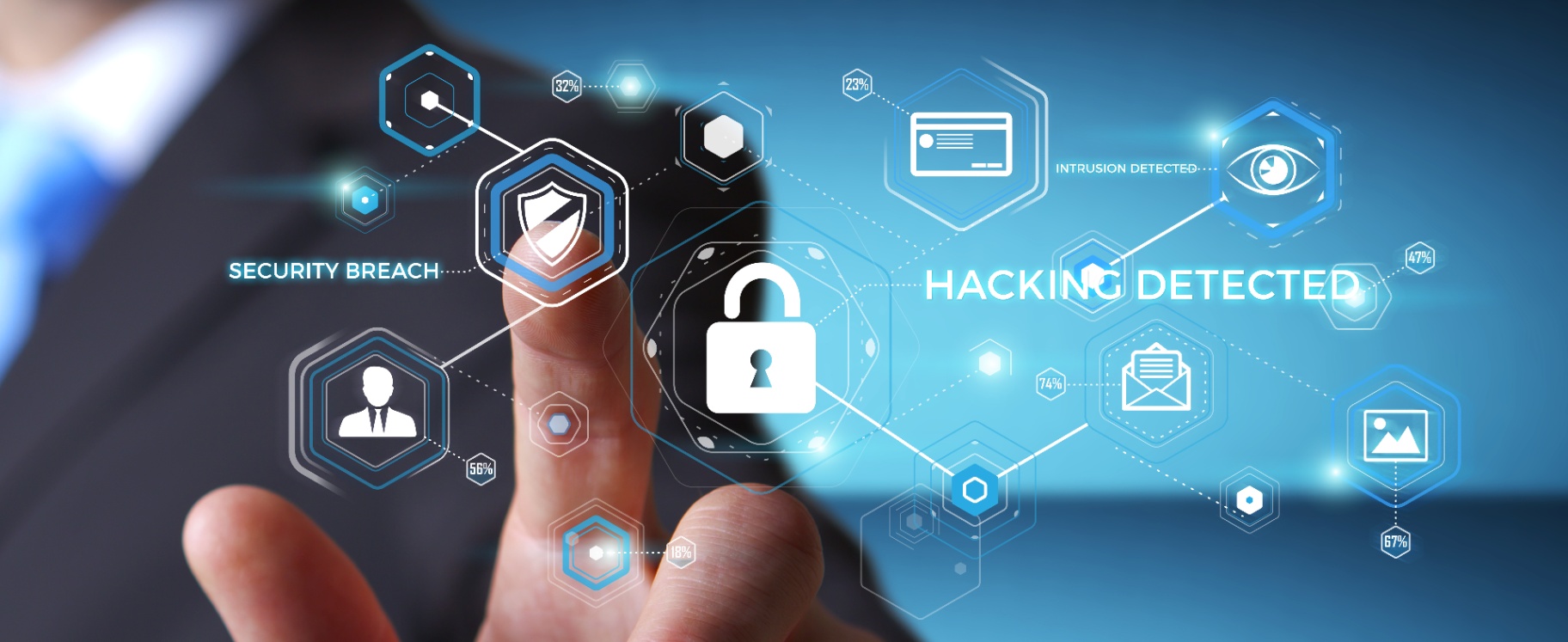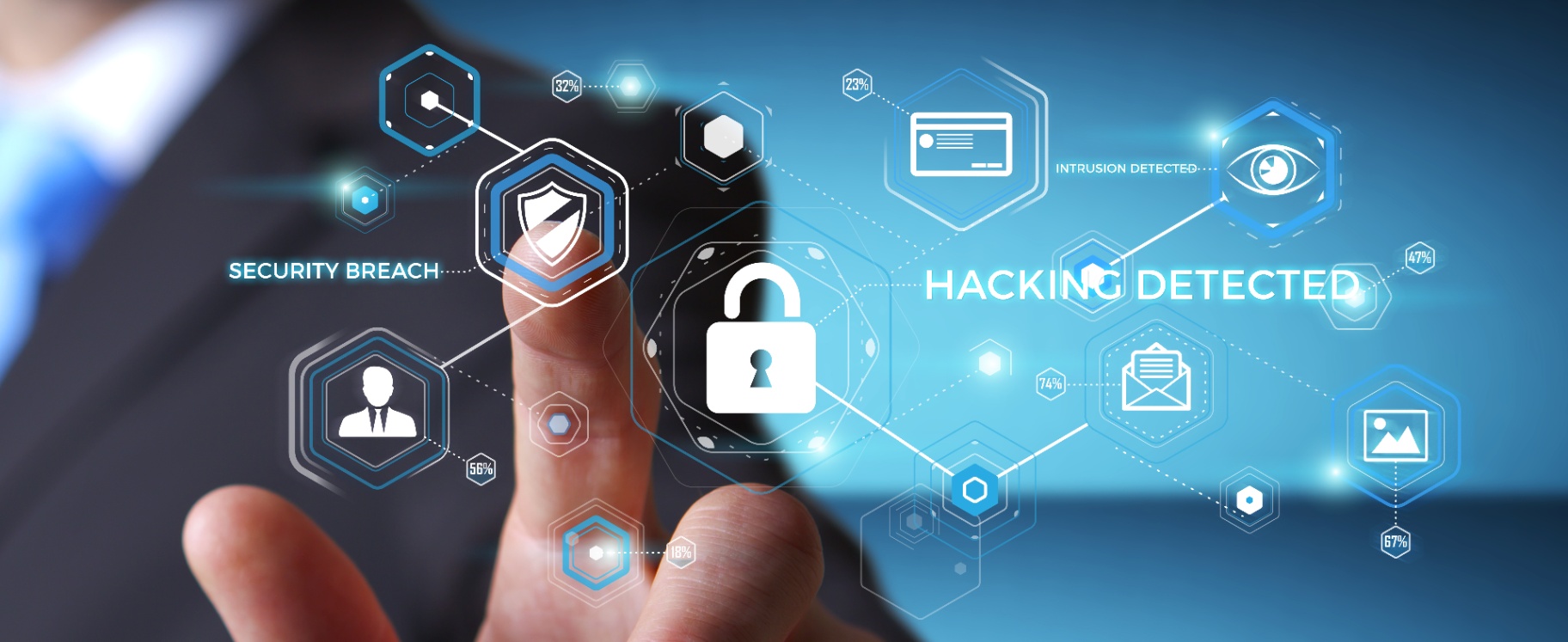Here's a wake-up call that might shock you: 73% of small and medium-sized businesses don't fully trust their current IT provider's ability to defend them against cyberattacks. Let that sink in for a moment. Nearly three-quarters of SMBs are paying for IT services while simultaneously doubting whether their provider can actually protect them when it matters most.
This trust gap isn't just a customer service issue: it's a critical business vulnerability that could cost your company everything. With 1 in 3 SMBs experiencing a successful cyberattack last year and nearly 1 in 5 businesses forced to close after suffering just $10,000 in cybersecurity damage, having confidence in your IT security isn't optional anymore.
The Current State of SMB Cybersecurity
Before we dive into the questions you need to ask, let's look at the sobering reality facing small businesses today. The cybersecurity landscape has become a minefield, and most SMBs are walking through it blindfolded.
The statistics paint a grim picture:
- 52% of SMBs still manage privileged access manually through spreadsheets or shared password vaults
- 33% are working with outdated cybersecurity technology, while 20% have no cybersecurity technology at all
- Only 14% have comprehensive cybersecurity plans in place
- The average loss due to security incidents jumped to $1.6 million in 2024, up from $1.4 million the previous year

Perhaps most concerning is the confidence-reality gap: while 71% of SMB leaders say they feel confident handling a major incident, only 22% actually have an advanced security posture. This false confidence could be devastating when a real attack occurs.
Why Defense in Depth Matters More Than Ever
Defense in depth isn't just a buzzword: it's a strategic approach that creates multiple layers of security controls throughout your IT infrastructure. Think of it like protecting your home: you wouldn't rely on just a front door lock. You'd want security cameras, motion sensors, alarm systems, and maybe even a guard dog.
The same principle applies to your business IT systems. With AI-powered phishing attacks surging by 703% in 2024 and 80% of hacking incidents involving compromised credentials, a single security measure just isn't enough anymore.
The 7 Critical Questions Every SMB Must Ask
When evaluating your current IT provider or shopping for a new one, these seven defense-in-depth questions will help you separate the real cybersecurity experts from the pretenders.
1. How Do You Manage Privileged Access and Administrative Credentials?
This question cuts straight to one of the biggest vulnerabilities in SMB cybersecurity. With over half of small businesses still managing privileged access through manual processes, your IT provider needs to demonstrate they're using automated privileged access management (PAM) solutions.
Look for answers that include:
- Automated credential rotation
- Just-in-time access provisioning
- Detailed audit trails for all privileged activities
- Multi-factor authentication for all administrative accounts
If they mention spreadsheets or shared password vaults, run. Fast.

2. What Multi-Layered Security Technologies Do You Implement?
Your provider should be able to walk you through their complete security stack, explaining how each layer works together. This isn't the time for vague answers about "enterprise-grade protection."
Expect detailed explanations of:
- Endpoint detection and response (EDR) solutions
- Next-generation firewalls with deep packet inspection
- Email security gateways with advanced threat protection
- Network segmentation and VLAN configurations
- Regular vulnerability scanning and patch management
At FoxPowerIT, our vulnerability scanning services and network monitoring with VLAN configuration work together to create robust defense layers that adapt to emerging threats.
3. How Do You Ensure Ongoing Employee Cybersecurity Training?
Here's where many IT providers fall short. They focus on the technology but forget that 80% of successful attacks exploit human vulnerabilities, not technical ones.
Your provider should offer:
- Regular phishing simulation campaigns
- Role-based security awareness training
- Real-time alerts and coaching for risky behaviors
- Metrics and reporting on training effectiveness
The training program should evolve with the threat landscape, especially as AI-powered attacks become more sophisticated.
4. What Is Your Incident Response Plan and Response Time?
When (not if) an attack happens, every minute counts. Yet 50% of SMBs report it takes 24 hours or longer to recover from an attack: an eternity in cybersecurity terms.
Demand specific answers about:
- Mean time to detection (MTTD) for different types of threats
- Escalation procedures and communication protocols
- Containment strategies for various attack scenarios
- Recovery time objectives (RTO) for critical systems
Your provider should have documented playbooks and be able to walk you through their process step by step.

5. How Do You Implement Multi-Factor Authentication Across Our Systems?
With only 20% of small businesses currently using MFA: despite it being one of the most effective security controls: this question reveals how seriously your provider takes basic security hygiene.
Look for comprehensive MFA strategies that include:
- Universal deployment across all business applications
- Risk-based authentication that adapts to user behavior
- Support for various authentication methods (biometrics, hardware tokens, etc.)
- Integration with single sign-on solutions for user convenience
6. What Backup and Disaster Recovery Capabilities Do You Provide?
This question becomes critical when you consider that 75% of SMBs couldn't continue operating after a ransomware attack, and 40% of small businesses lose crucial data during security incidents.
Your provider's backup strategy should include:
- Automated, frequent backups with multiple retention periods
- Air-gapped storage to prevent ransomware encryption
- Regular restoration testing to ensure data integrity
- Clear recovery time objectives for different data types
- Geographic redundancy for critical systems
7. How Do You Stay Current with Emerging Threats, Particularly AI-Powered Attacks?
The final question addresses a growing concern: 56% of SMBs anticipate new security risks from artificial intelligence in 2025. Your provider needs to demonstrate they're not just reacting to current threats but preparing for future ones.
Strong answers will include:
- Threat intelligence feeds and analysis capabilities
- Regular security technology updates and evaluations
- Participation in industry security communities
- Proactive security research and development initiatives
- Clear processes for implementing new defenses against emerging threats

Red Flags to Watch For
While evaluating responses to these questions, be alert for these warning signs:
- Vague, buzzword-heavy answers without specific technical details
- One-size-fits-all solutions that don't account for your unique business needs
- Reluctance to provide references from similar businesses
- No mention of compliance requirements relevant to your industry
- Promises that sound too good to be true (like "100% guaranteed protection")
Making the Right Choice
The 73% trust gap exists for a reason: too many IT providers overpromise and underdeliver when it comes to cybersecurity. By asking these seven defense-in-depth questions and demanding specific, detailed answers, you can separate the providers who truly understand modern cybersecurity from those who are just checking boxes.
Remember, the cost of getting this decision wrong keeps growing. The average cybersecurity loss for SMBs hit $1.6 million in 2024, and that number shows no signs of slowing down. Your IT provider isn't just a vendor: they're your first line of defense in an increasingly dangerous digital world.
Take the time to ask these questions thoroughly. Your business's survival may depend on the answers you receive.
At FoxPowerIT, we believe transparency builds trust. We welcome these tough questions because we know our comprehensive security management and infrastructure management services can stand up to scrutiny. When 73% of businesses don't trust their IT providers, we're committed to being part of the 27% that consistently earns and maintains that trust through proven results and transparent communication.

